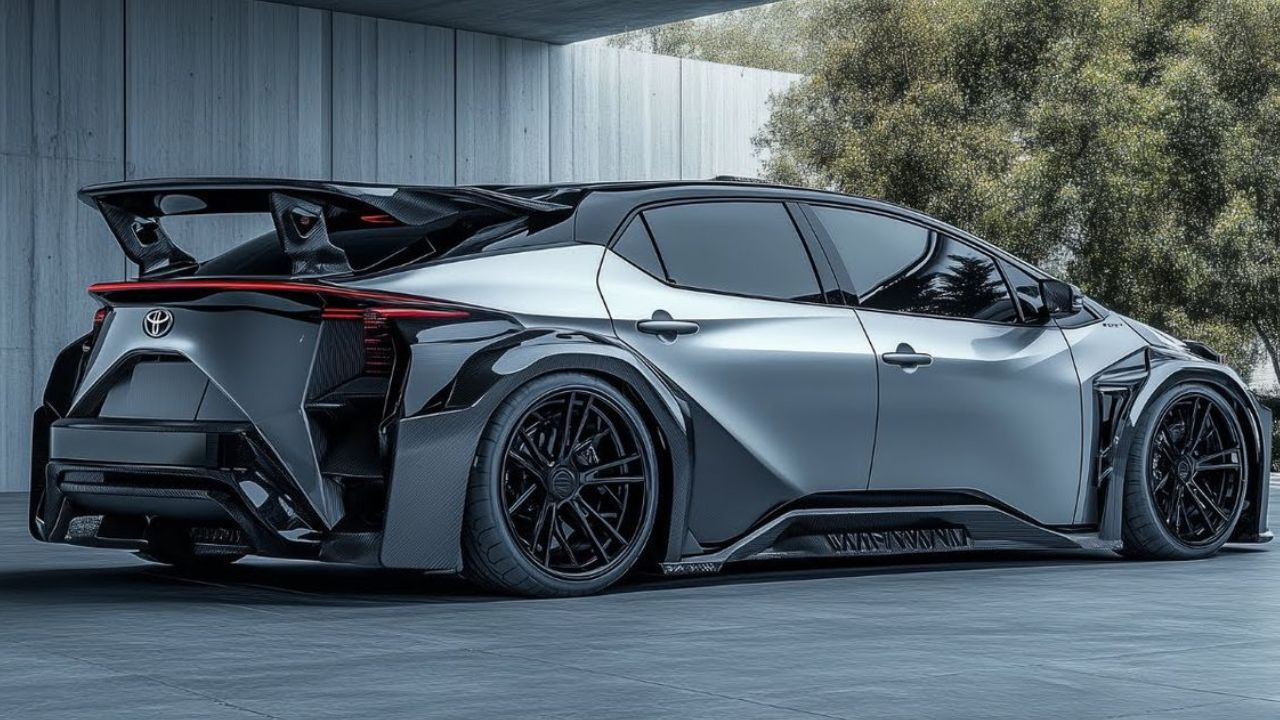Imagine, you’re cruising down the highway in 2025, and nearly every car around you has some form of electric assistance, hybrid technology, or is completely battery-powered. Twenty-five years ago, this scene would have seemed like science fiction. So what sparked this automotive revolution, and which car truly deserves the crown as the greatest of the 21st century?
The Quiet Revolutionary That Started It All
While flashy supercars grab headlines and Instagram posts, the Toyota Prius stands out as the most influential car of the 21st century. Yes, you read that right – that wedge-shaped hybrid your neighbor drives might just be the most important vehicle of our lifetime.
The Prius showed the world that not only was battery power in cars realistic, but people also wanted to limit or move away from gasoline consumption. When the second-generation Prius hit global markets in 2003, it wasn’t just selling a car – it was selling a vision of the future.
Think about it this way: if it wasn’t for the traction that the Prius gained, GM wouldn’t have brought out the experimental EV1 in 2003, which inspired Martin Eberhard and Marc Tarpenning to found Tesla as an electric car company. Without the Prius proving that people wanted cleaner cars, we might never have gotten the Tesla revolution that followed.
The Numbers Don’t Lie About Hybrid Success
As of 2025, Toyota has sold over 5.3 million Prius models, and almost every mainstream automaker has hybrid versions of its most popular models available. That’s not just impressive – it’s transformative for an entire industry.
According to Motor Intelligence, 1.9 million hybrid vehicles were sold in the US in 2024. From the Jeep Wrangler 4xe to hybrid Ford F-150s, the technology that started with the Prius has spread everywhere. Your soccer mom’s SUV now gets better gas mileage than sports cars from the 1990s.
The Electric Dream Makers: Tesla’s Game-Changing Moves
While the Prius made hybrids mainstream, Tesla made electric cars cool. The Tesla Model S didn’t just take off from a stoplight quickly, it took off in terms of sales too. Before Tesla, electric cars were either golf carts or weird science experiments. After Tesla, they became status symbols.
The Tesla Roadster, unveiled in 2006 and based on a Lotus Elise with more than 200 miles of range, was arguably one of the first cars to show that EVs could appeal to car fans. It proved that electric didn’t have to mean boring.
But here’s where it gets interesting – while the Roadster grabbed attention, the Model S is what really pushed electrification forward across the entire automotive industry. Every major automaker now has electric vehicle plans, and most trace their urgency back to Tesla’s success.
Design Icons That Made Us Fall in Love Again
The 21st century hasn’t just been about new powertrains – it’s been about falling in love with car design all over again. The R50 MINI Cooper was unashamedly retro, taking elements of the Alec Issigonis original to create a bigger, more modern machine. It proved that cars could be both nostalgic and forward-thinking.
Then there’s the Ford GT, which borrowed wholesale from the original GT40 but was unquestionably beautiful. Sometimes the best way forward is to perfect what worked before.
Even the Volvo V90 estate shows that in a world where everything seems to be an SUV or crossover, there’s something reassuring about a big estate car combined with Scandinavian cool. Not every great car has to reinvent the wheel – sometimes it just needs to perfect the recipe.
The Supercar Arms Race: When Crazy Became Normal
If you want to talk about jaw-dropping achievements, the Bugatti Veyron was pioneered as a cost-no-object celebration of all things excessive, motivated by 16 cylinders, four turbochargers, and a seven-figure price tag. It pushed the limits of what passenger cars were capable of achieving, with its sub-3 second zero-to-60 mph time and 1,000 hp rating, plus a top speed in excess of 255 mph.
But supercars aren’t just about bragging rights anymore. Modern hypercars like the Pininfarina Battista pack 1,900 hp and can slingshot from zero to 60 mph in 1.8 seconds, proving that electric power isn’t just efficient – it’s brutally fast.
The Everyday Heroes We Actually Drive
While we dream about supercars, most of us live with more practical choices. Cars like the Toyota Camry, America’s top-selling car for 12 years running, represent comfort, quality, strong resale values and, above all, reliability. Sometimes the greatest cars aren’t the flashiest – they’re the ones that just work, day after day.
The Ford Territory, Australia’s only fully-manufactured production SUV, was regarded as the world’s best SUV regardless of cost and class when it launched in 2004. It shows that greatness can come from unexpected places when engineers are given the resources to do things right.
Looking Back to Move Forward
So what makes the greatest car of the 21st century? It’s not just about speed, luxury, or even innovation. The greatest cars change how we think about transportation itself.
The Prius made us reconsider our relationship with fuel. Tesla made us rethink what cars could be. The MINI Cooper showed us that retro could be revolutionary. Each of these vehicles didn’t just transport people – they transported ideas.
As we head deeper into the 2020s, with electric vehicles becoming mainstream and autonomous driving on the horizon, these pioneering vehicles remind us that the best cars don’t just get us from point A to point B. They carry us into the future.
